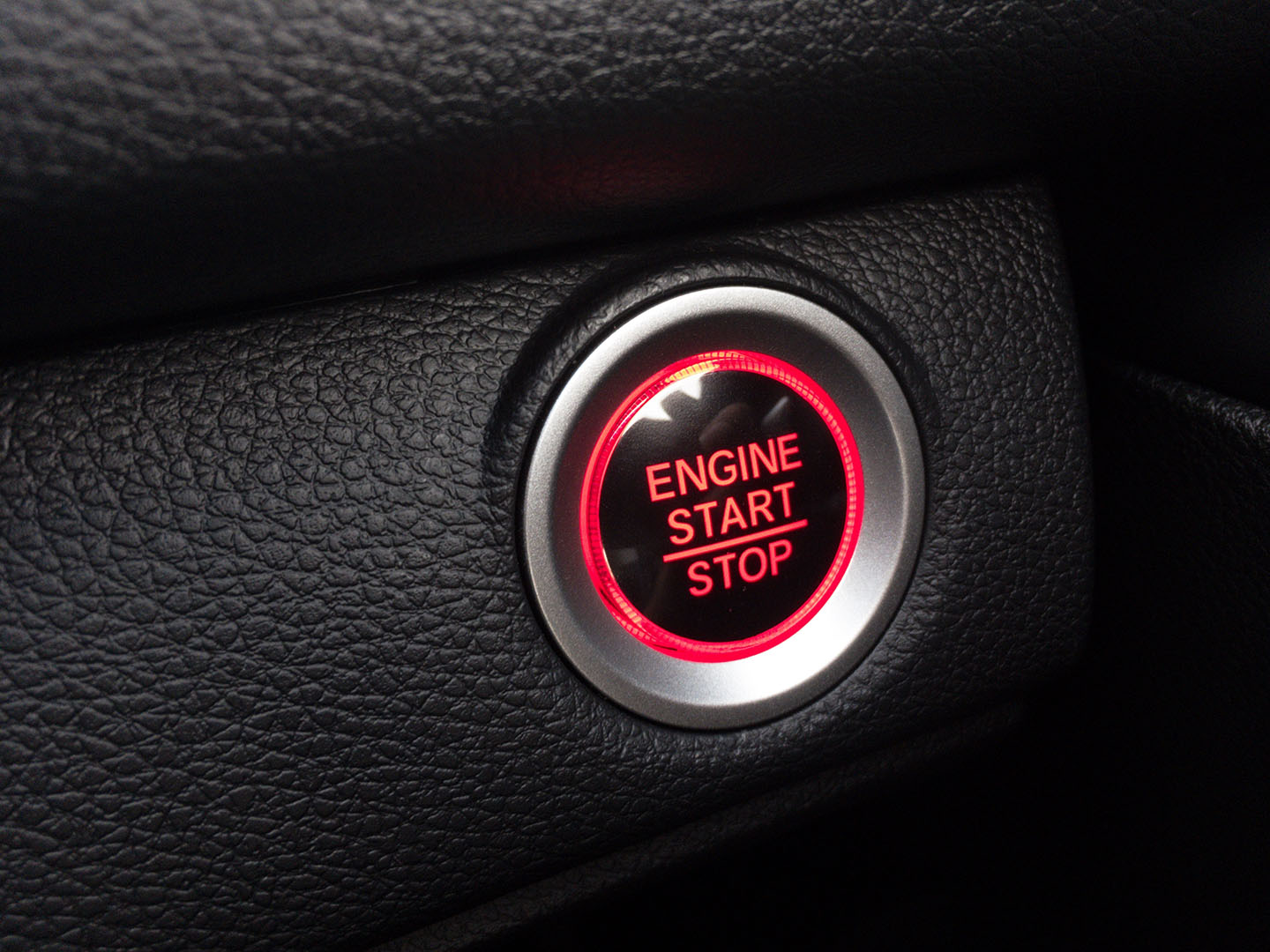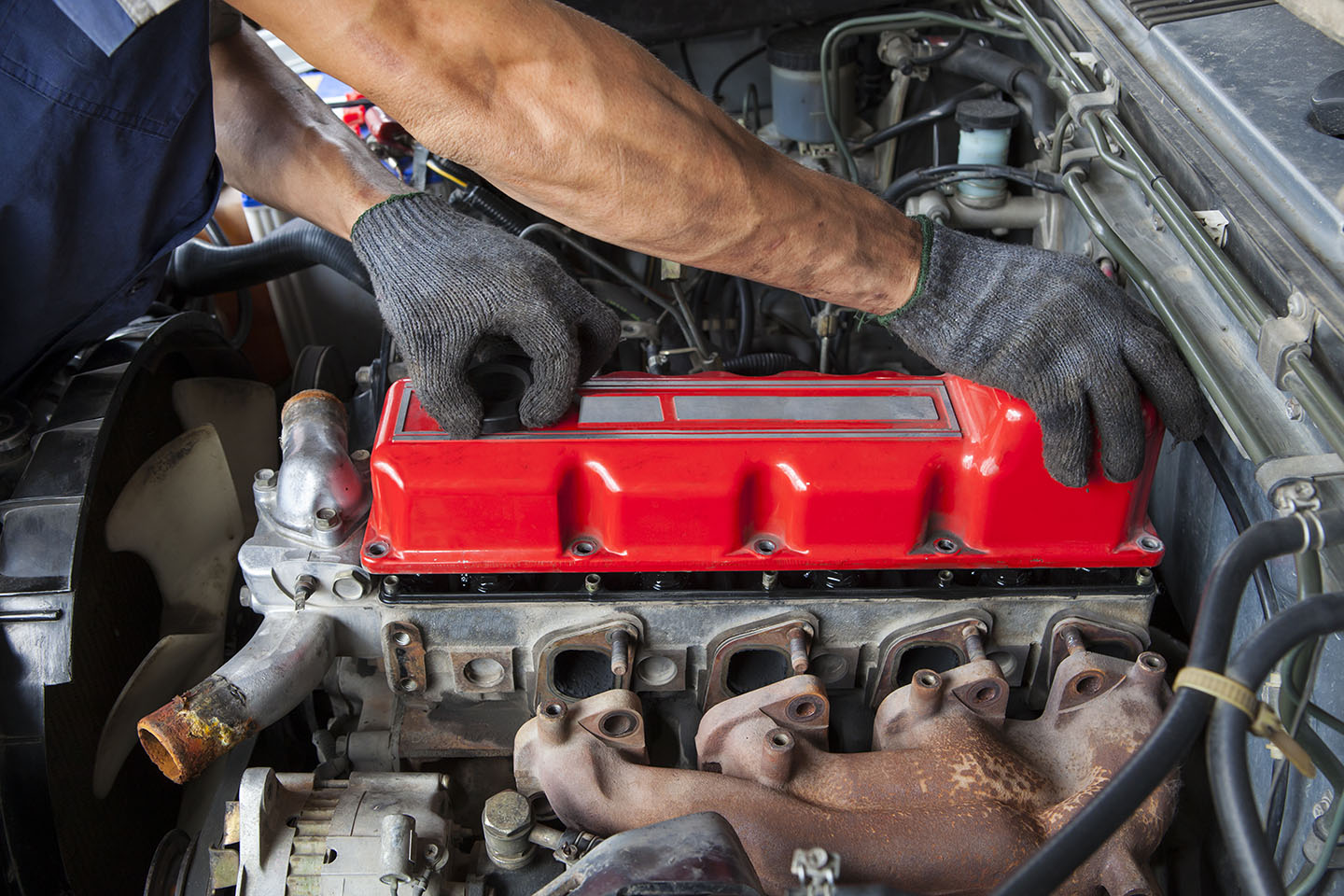How to Start a Diesel Truck
Jun 12th 2023

Shutterstock.com / LeManna
Diesel trucks are known for withstanding all kinds of wear and tear, but you might have trouble starting the engine for various reasons. Do diesel engines have spark plugs? While gasoline engines use spark plugs to trigger the combustion process, diesel engines use glow plugs to heat the incoming air and fuel until it is hot enough to burn. Dozens of components need to work together to start the engine. It needs a steady supply of clean oxygen, fuel and electricity to power the glow plugs and various sensors and oil for lubrication. Otherwise, your engine will grind to a halt or fail to start altogether. If you’re having trouble starting your diesel engine, use these steps and troubleshooting tips to get it going again.
Keyless Start
If your truck comes with keyless start, fully depress the clutch pedal on a manual transmission, or brake pedal for an automatic transmission, and press or let go of the start button to turn on the engine.
Ignition Start
For a regular ignition switch, switch on the ignition until you see the glow plug indicator turn on. Depress the clutch pedal (brake pedal) and then start the engine by turning the switch all the way to the right. If you release the clutch/brake pedal before you hear the engine start, it will crank and revert to the ignition on.

Shutterstock.com / illiano
After three unsuccessful attempts, wait 10 seconds before fully depressing the clutch/brake pedal and applying the parking brake. Shift gears to park (P) or neutral (N). Depress the accelerator pedal and try turning the ignition switch until the engine starts. If you try and fail to start the engine after too many attempts, it will lock you out to prevent you from trying again for up to 30 minutes.
Cold Start
Freezing weather causes the fuel in your tank to gel, which takes longer to heat. It is five times harder to start a diesel engine when it is 0°F (-17°C) outside than it is to start one when it is 80°F (26°C). You may notice white or gray smoke coming out of the engine, which some of the fuel didn’t burn all the way through. There could also be a problem with the exhaust, making it difficult for the air to escape after it leaves the combustion chamber.
This usually happens because there are deposits of carbon, soot and ash around the piston ring or cylinder glazing due to unburnt fuel. Parts of the exhaust can also crack with age and excessive heavy hauling. You can flush out the exhaust to help your engine breathe. If that doesn’t work, find replacement exhaust system parts online to keep the air flowing.

Shutterstock.com / stockphoto mania
If you’re having trouble starting your engine in sub-zero weather, it means the glow plugs are having trouble heating the incoming air and fuel, but there’s a few things you can do to increase the temperature inside the engine. Turn the ignition switch on to let the glow plugs warm up and wait up to 15 seconds before trying to start the engine. This gives the engine more time to heat the air and fuel. The extra heat comes from the air intake heater, powered by the battery. Keep your battery warm to maintain power in the cold.
You can also try plugging in a block heater to further increase the temperature. Follow the user instructions to attach it to your engine and let it sit for up to two hours. There could also be a problem with the emissions control system, which is designed to limit the amount of CO2 produced by your diesel engine. If this system breaks down, it will cause serious damage to the engine. The exhaust gas recirculation (EGR) cooler reduces the temperature of the exhaust gas that’s recycled through the engine in Powerstroke engines. The cooler valve can get stuck in the open or closed position, which can cause rough idling. Maintaining and replacing your broken EGR cooler will improve vehicle performance and make it easier to start the engine in cold weather. When there is less fuel reaching the combustion chamber due to gelling, the EGR provides more stable combustion by keeping a certain amount of the original exhaust.
Shop All Of Our Exhaust System Products
These steps and tips apply to most diesel engines, but there could be an issue with your specific make and model, so be sure to consult your owner’s manual for more information.
